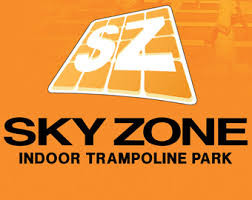
Park Ridge, NJ Our practice offers comprehensive care from infancy to young adulthood.

Garnerville , We provide individualized braces and invisalign treatment for kids and adults. FREE consults, most insurances accepted, evening and Saturday hours a...

Bubbles big enough to be inside! Balloons sculptures that light up! No matter the event, guests of all ages will be amazed and entertained by our uniq...

Allendale, NJ Sky Zone is the world’s first indoor trampoline park. We’re the inventors of “fun fitness” and the makers of trampolines as far as the eye can see. We...